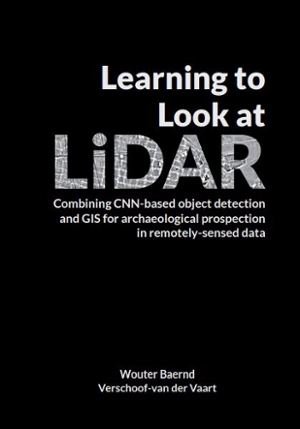Dissertation
Learning to look at LiDAR: combining CNN-based object detection and GIS for archaeological prospection in remotely-sensed data
The manual analysis of remotely-sensed data is a widespread practice in local and regional scale archaeological research, as well as heritage management.
- Author
- W.B. Verschoof-van der Vaart
- Date
- 02 February 2022
- Links
- The publication in Open Access

However, the amount of available high-quality, remotely-sensed data is continuously growing at a staggering rate, which creates new challenges to effectively and efficiently analyze these data and find and document the seemingly overwhelming number of potential archaeological objects. Therefore, computer-aided methods for the automated detection of archaeological objects are needed. In this thesis, the development and application of automated detection methods, based on Deep Convolutional Neural Networks, for the detection of multiple classes of archaeological objects in LiDAR data is investigated. Furthermore, the implementation of these methods into archaeological practice and the opportunities of knowledge discovery—on both a quantitative and qualitative level—for landscape or spatial archaeology are explored.
